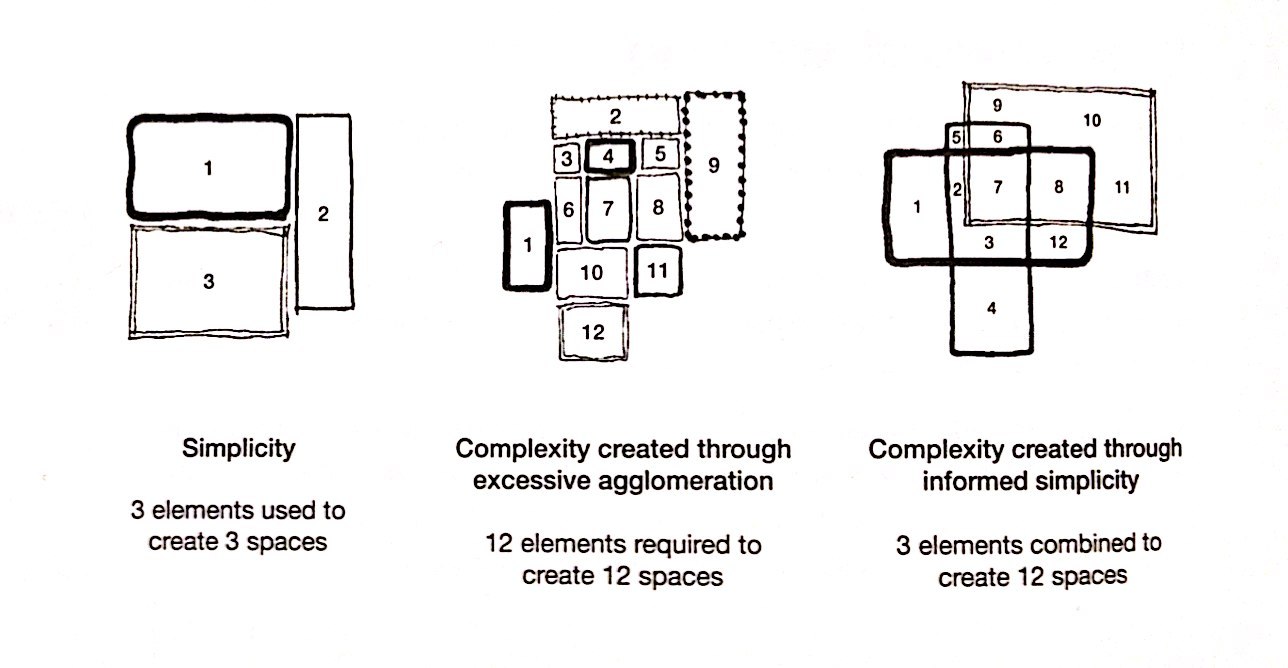Marilia Coutinho and Antonio F. Bruno
It is funny because it was right under our nose. Yet it took us a situation of training chaos (a vacation in which you cannot predict where you will train and when) to connect the dots.
Our approach to training is movement based. We don’t train parts of the body. We don’t train muscles. We train movement.
Our training philosophy is based on the assumption that humans, as this great evolutionary novelty with their complete bipedalism, their unique grip and huge neocortex, dislocate through space, exert strength, develop speed and perform lots of other motor tasks according to a basic “kinetic alphabet”. Different authors count different components as the fundamental ones to compose the human kinetic alphabet, but regardless of differences, they all agree on three components: squatting, pushing and pulling.
Nothing more simple than dividing your period (it doesn’t matter the length) on these three components.
In the last article (Gainz with just a barbell and a bench), we saw which barbell exercises belonged in each gesture type (squatting, pushing or pulling). Look at how many ways a movement-based split can help you organize your training.
Twice a week, beginner to intermediate:
| Mon | Tue | Wed | Thur | Fri | Sat | Sun |
| SquatPushPull | SquatPushPull |
Looks the same, but look at what you can do (it is just one possibility):
| Mon | Tue (strength) | Wed | Thur | Fri(speed/assistance) | Sat | Sun |
| SquatPushPull | SquatPushPull | |||||
| Back squatBench pressMilitary press
Deadlift |
Front squats for speedWalk lunges with overhead weightTriceps extension
Crossover or flys Snatch pulls Speed deadlifts Cleans Power snatches Biceps curls |
And yet another with just two:
| Mon | Tue (strength) | Wed | Thur | Fri(speed/assistance) | Sat | Sun |
| SquatPushPull | SquatPushPull | |||||
| Squat (strength day)Push (strength day)Pull (speed/ technique/ assistance day)
|
Squat (speed / variations of the squat)Push (exercises other than the bench press)Pull = deadlift strength day
|
If you want to separate the three gesture-types, and you have more available days, this is what your split can look like:
| Mon | Tue | Wed | Thur | Fri | Sat | Sun |
| Squat | Push | Pull | Squat | Push | pull | |
| Squat heavy day, one or two assistance exercises | Bench press heavy day, one assistance exercise | Pull day for exercises other than the deadlift | Squat speed day (40-50% intensity) and squat variations | Bench speed day and assistance work | Deadlift heavy day |
Or exactly that with one day rest between them, two in subsequent days, two with one day rest and two with two days rest, or any arrangement that works best for the moment of your periodization or your life constraints.
The basic question of whether you can use conjugation with this form of splitting your training? Absolutely: you can use maximal intensity in the assistance exercise on the strength day, instead of the basic sport gesture (the squat, the bench press and the deadlift). This way, your maximal strength (over 90%) on the full range of motion lift will happen not more than once a month.
(We like this image because it expresses how you can either preserve the elegant simplicity of the original premise or lose yourself in unstructured thought)
Is this how we program our own training and that of our athletes and clients? Yes and no. When we program training, many factors that are specific to that person will actually determine the final structure of the program. Conjugation is something we always try to use whenever the person is already capable of doing anything at the higher range of their own intensity.
We hope this helped with organizing yourself, especially if you are on a vacation and don’t want to stop training, or you just arrived at a different place. As you see, you can also use it on the long term, as long as you know basic principles of supercompensation to distribute the intensities of your heavy days and you know how to spot your weaknesses to choose the best assistance work.



